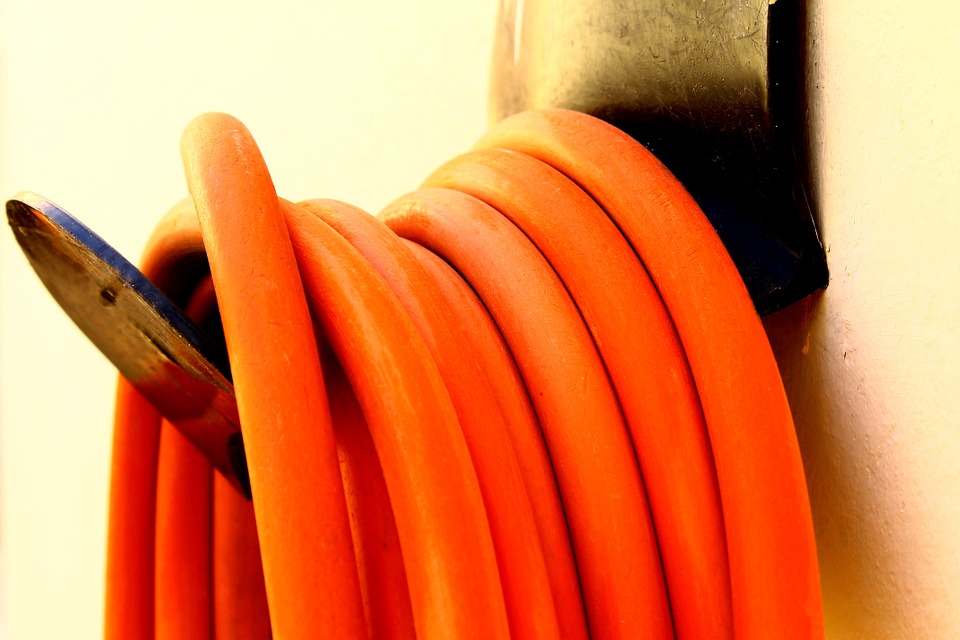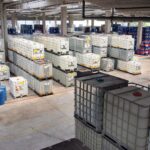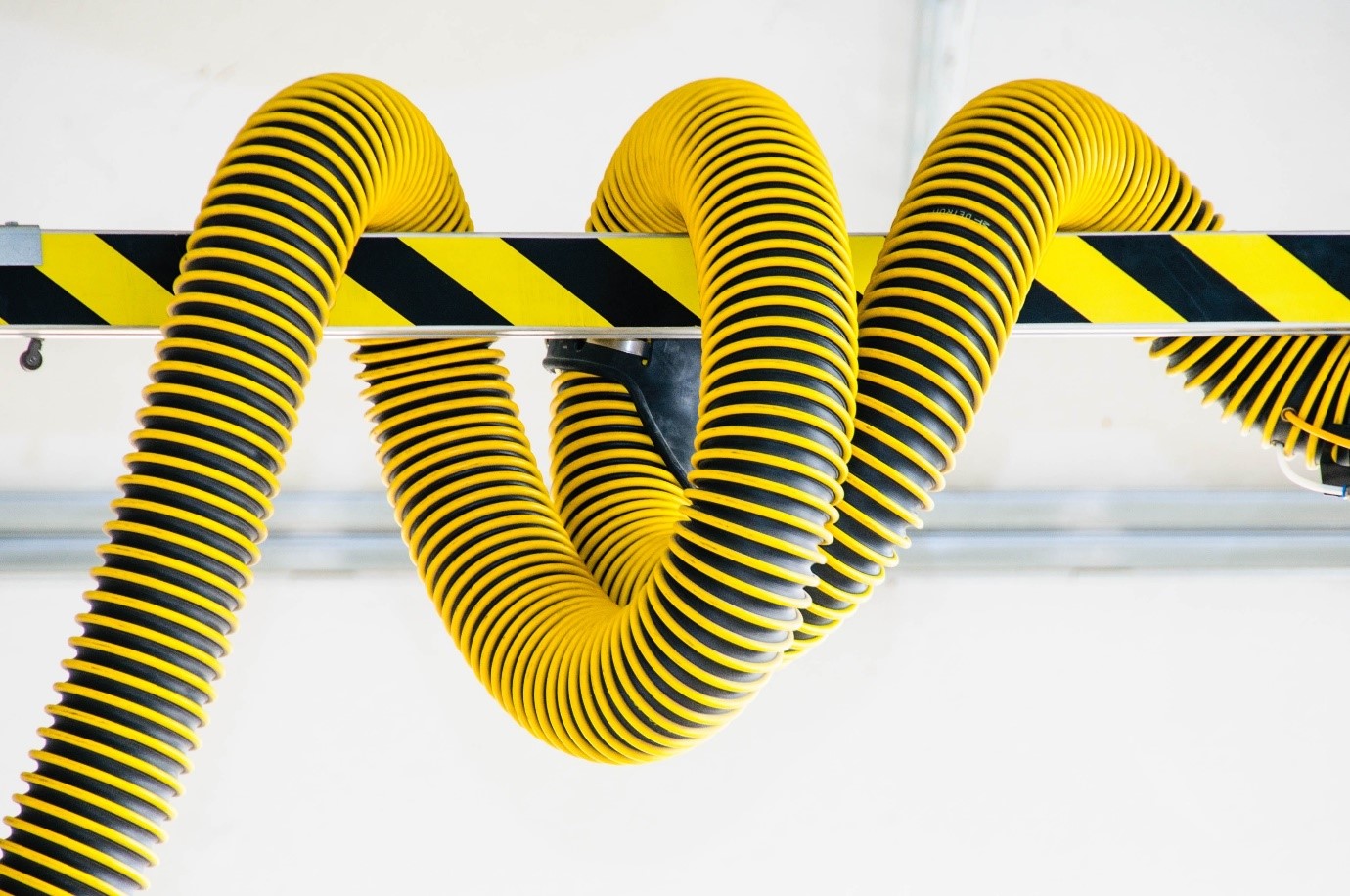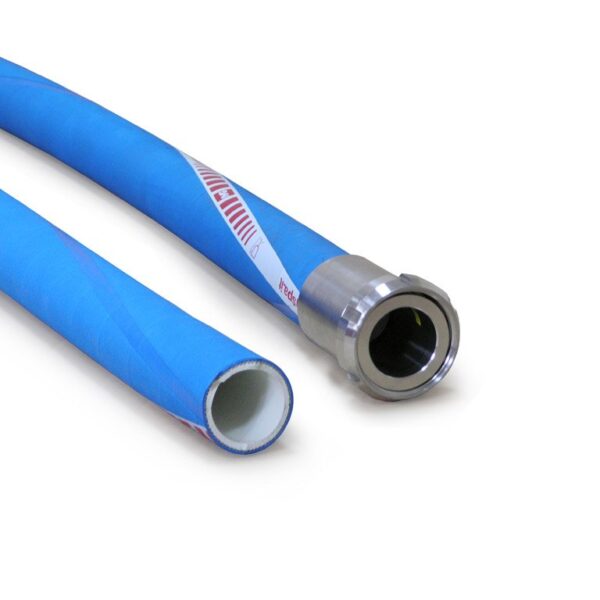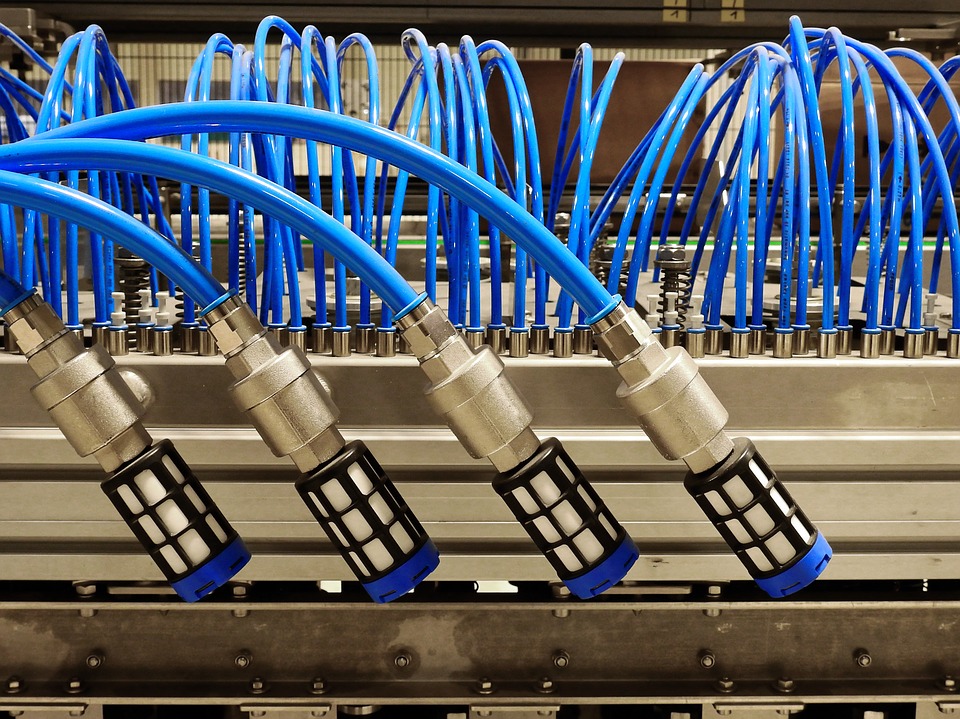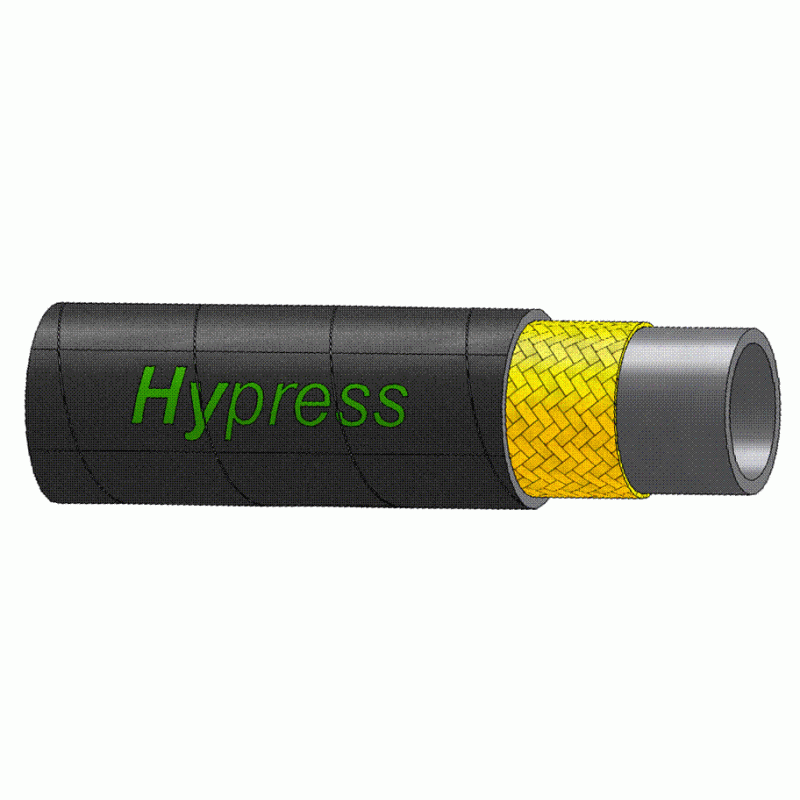A hose is the most important link when it comes to transferring substances or liquids however it is also the most susceptible to damage and failure. Hose failures can be costly to repair or replace for reasons such as loss of production and the damage they can cause to other pieces of equipment. Even though hose construction is advanced, there are a number of other factors to consider which could cause problems and damage to hoses. So, what exactly are these different hose problems and how do you fix them?
Common Hose Problems and How to Solve Them
As previously mentioned, problems with hoses can prove to be quite expensive if it results in causing a blockage within a production line. We have compiled a list of common hose problems and how they may have been caused, as well as recommended solutions and preventative measures to help.
1. Abrasion
This is caused when hoses rub against other objects, particularly metal edges. It usually occurs when the outer cover of the hose gets worn away so that the steel wires reinforcing the hose are revealed. Abrasion can result in severe damage to the hose, resulting in potential leaks.
In order to minimise the risk of abrasion, some hoses have plasticisers within them to make the hose more flexible and easier to manipulate. However, if there is a specific area of the hose that has been worn away you could use a plastic guard or nylon sleeve to protect it.
2. Poor Routing
The main reason for damage caused from poor routing is due to the lack of planning before a hose is used. Think carefully before using your hose and the journey it will take, as a general rule of thumb, hoses should avoid being routed through high temperature or particularly abrasive areas.
You can often tell if you already have poor routing as it will show up in the form of a buckling or kink, similar to the common garden hose kink experienced by many. If the hose is unavoidably going to have to go through a lot of movement, then consider using a swivel on the end to minimise the risk of damage. Wherever you can, try to use longer hoses or fittings that support movement and bends.
3. High Temperatures
Naturally, hoses that are exposed to extremely high temperatures become rigid, as the plasticisers and inner tube break down, causing it to crack and eventually spread to the outside of the hose. This heat damage is known as heat aging and is normally noticed when a hose gets bent and remains in that same shape.
The best way to minimise heat aging is to prevent the exposure of hoses in high temperatures, however this sometimes can be unavoidable. If this is the case then using heat guards to cover hoses are a good way to help this common hose problem from occurring.
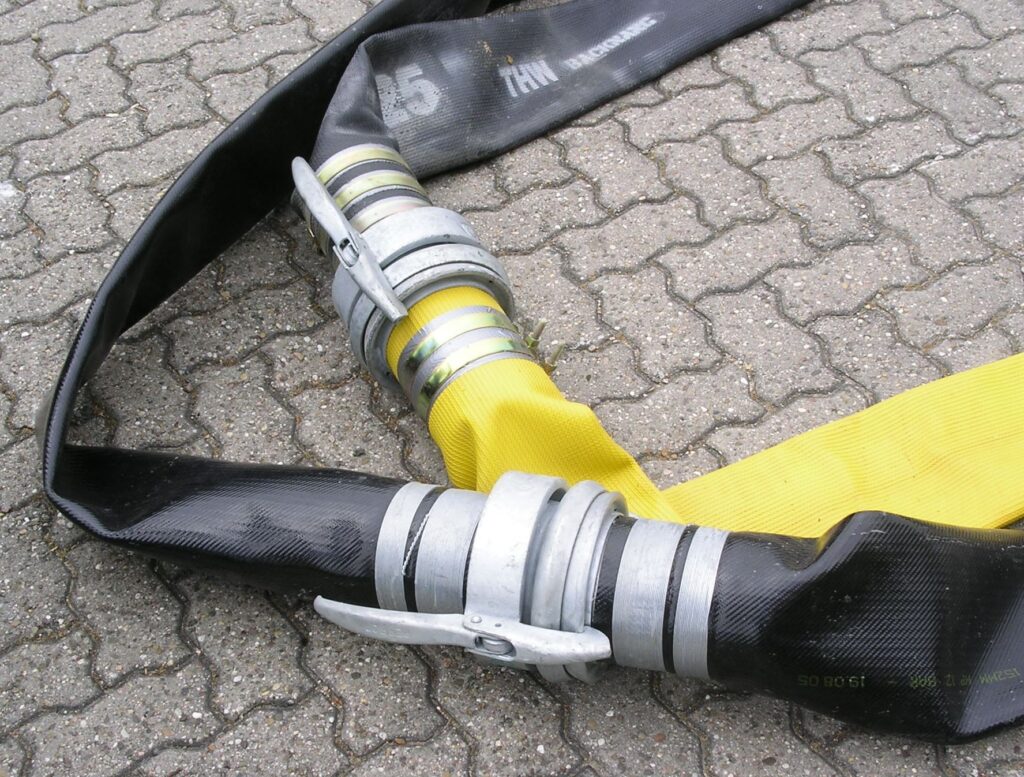
4. Erosion of Internal Tubing
This problem is commonly found in fluid transfer hoses, as the internal erosion occurs gradually in the inner tube by rapid streams which can cause potential leaks to develop. The best way to prevent internal tube erosion is to ensure that you have the best hose for the job.
You need to be sure your hose is suitable for the velocity of the fluid, as well as the type of fluid itself. If you need help finding the best liquid transfer hose for your company then please feel free to get in touch for further guidance.
5. Fitting Failures
Failures with the fittings normally occur when the hose and clamp seal meet. The usual cause of this problem is when the hose is bent too closely to the fitting, either because of the weight of the hose or poor routing.
A great solution is to use a plastic or rubber sleeve that is able to resist the bending, known commonly as a bend resistor, these can also add support to the hose in problem areas.
6. Incorrect Initial Assembly
Another common cause of hydraulic hose failure can be the result of the first initial stage of assembling the hose. The key to prevent damage from this is mainly due to cleaning.
When hoses are first cut to size they need to be carefully cleaned in order to prevent any contamination. This is also important for the inner tube and it should be cleaned prior to using and then clamped after the fittings are put into place.
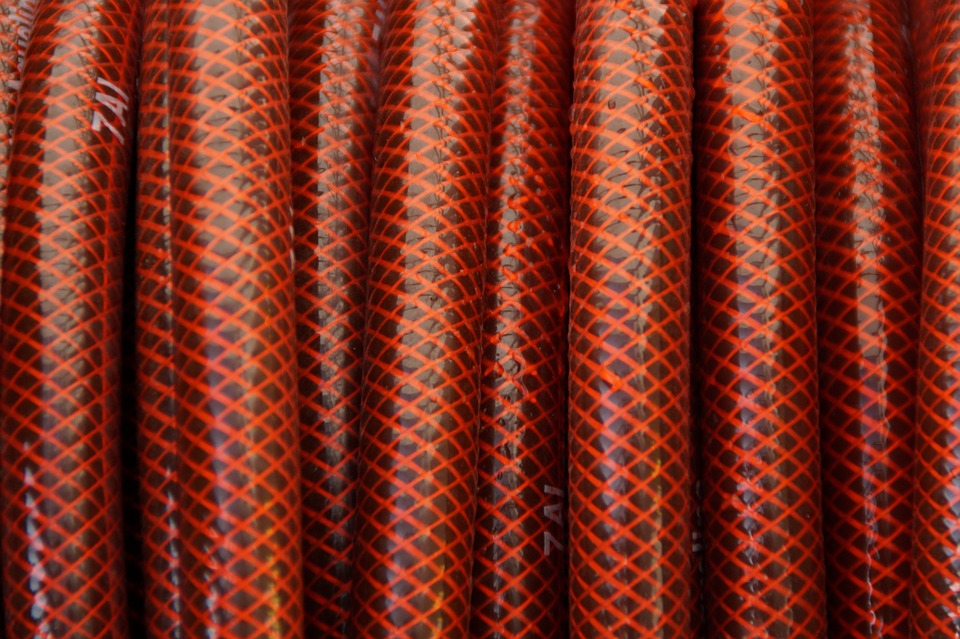
Overall, most of these problems can be initially prevented from happening by ensuring the hose you are using is compatible not only with the product it is transferring, but also with the environment it is being used in. Ensure that your hose is fitted and cleaned properly during assembly (before any initial use) and less problems will occur in the future.
If you need any further advice on picking the best hose for your specific industry needs , then please don’t hesitate to contact us and one of our experts will be happy to assist to you.

